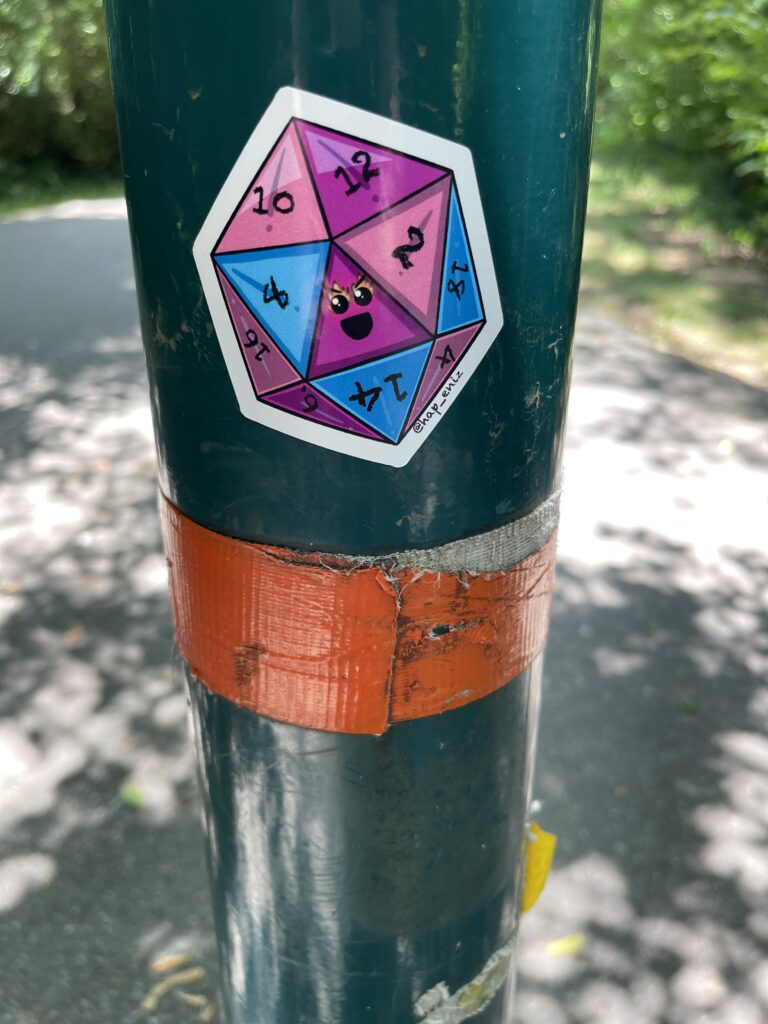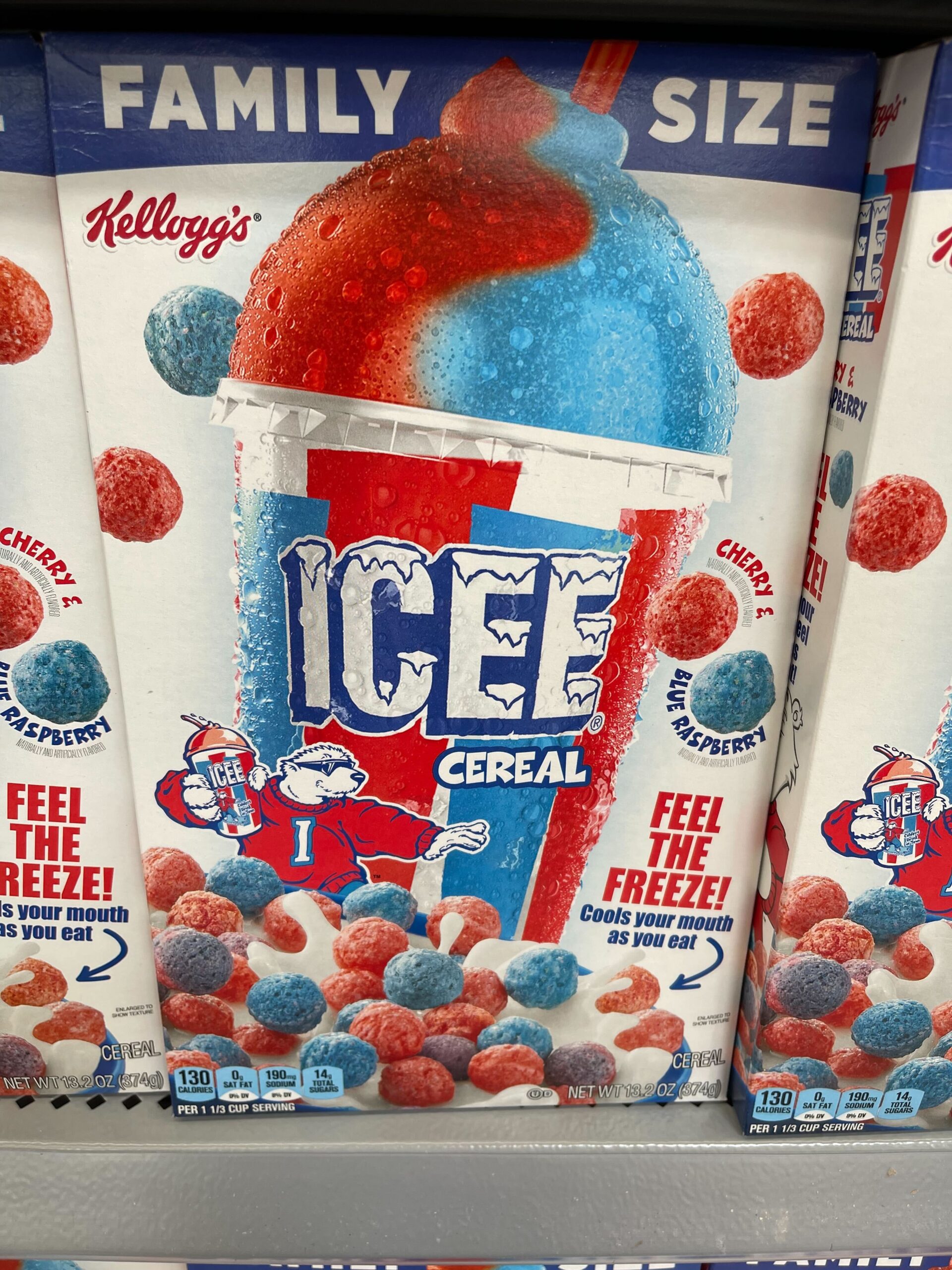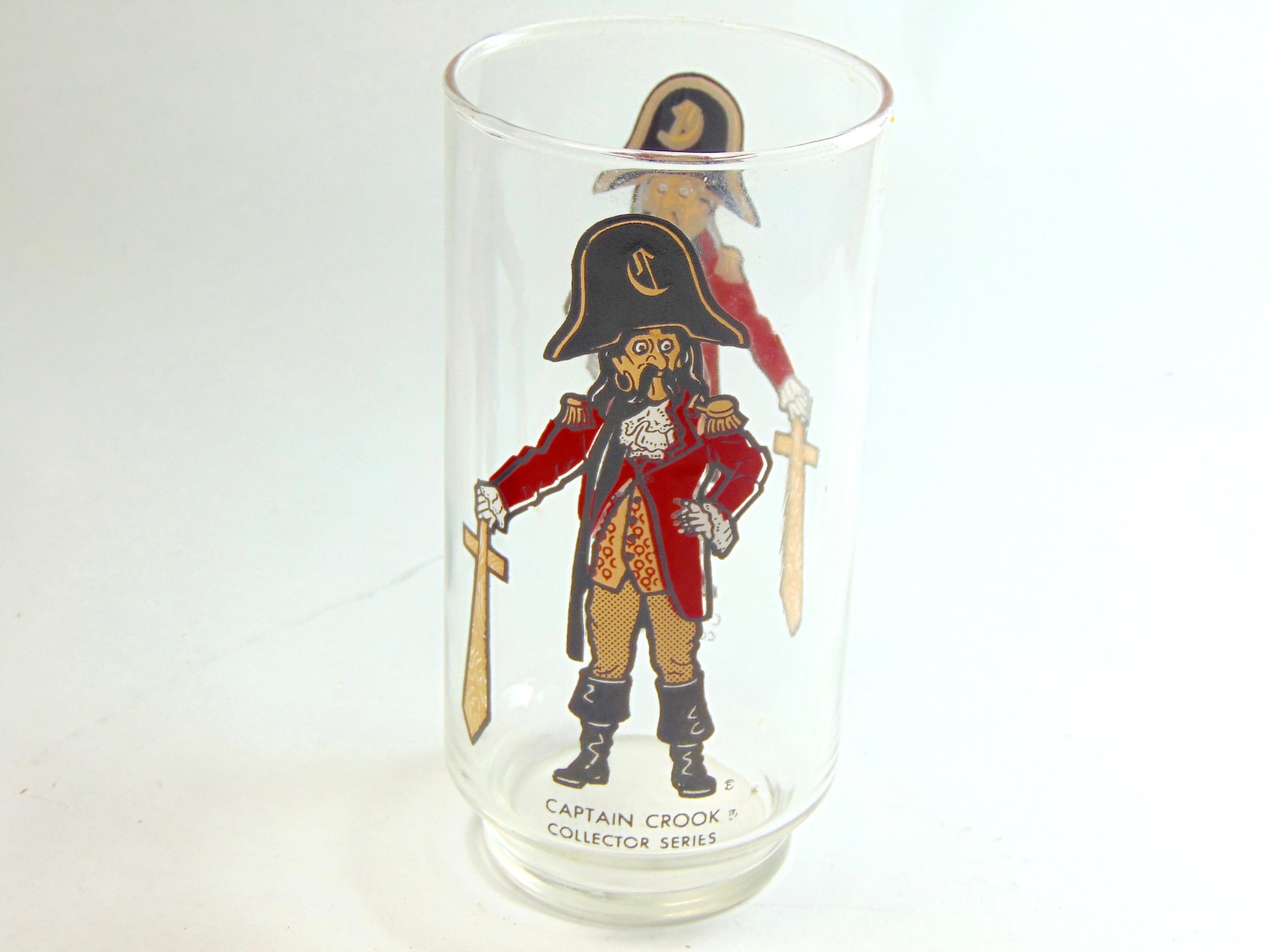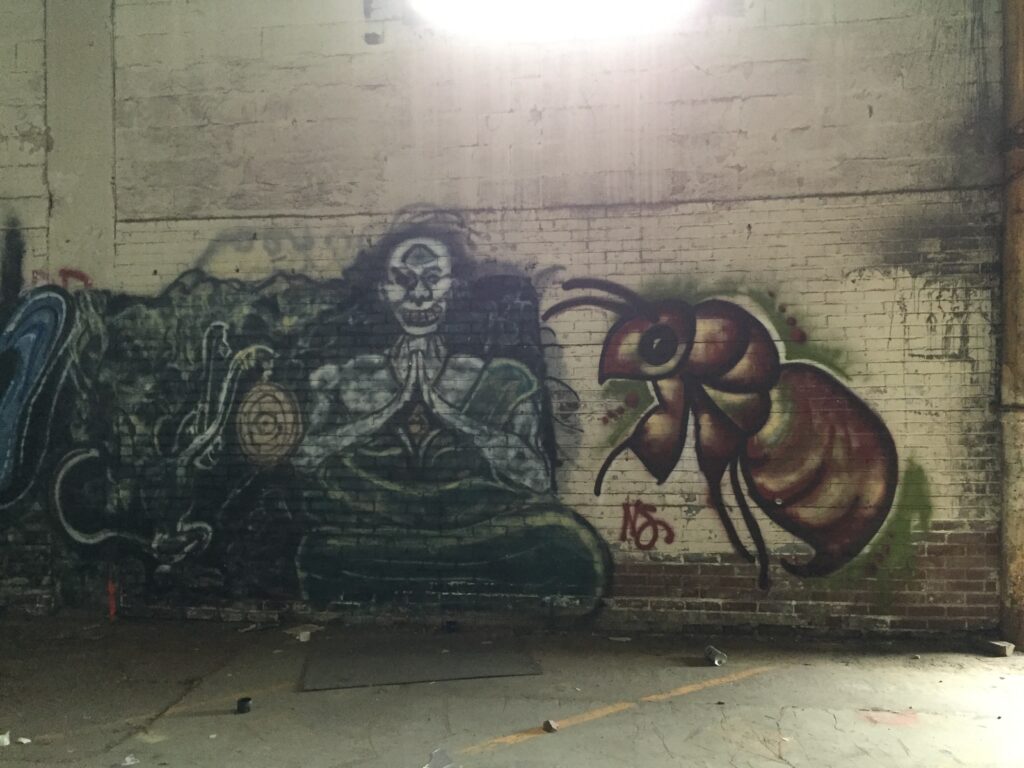 I’ve been looking for a local Dungeons & Dragons group. Or any roleplaying game group, really. This is mainly because, for my mental health, I need something that gets me out of the house but also provides a way to engage with other people—actual, real people. Not to put down the friendships I’ve developed online, which are great, but various circumstances have me feeling the call of the real world. I also thought of D&D for nostalgic reasons. My teenage years were spent playing a lot of D&D, and other roleplaying games, although the games were really secondary to the friendships that went with them. I had my friends John and Jeff who got into D&D even before we were teenagers, and the three of us would have various adventures. Then, for some reason, early in our sophomore year of high school, John called me up and asked if I wanted to go to Michael’s house. I knew Michael vaguely, and when we showed up there were Jim, Trav, Allan, Torre, none of whom I’d ever met before, and, oh yeah, Michael, since it was his house, and suddenly there were eight of us sitting around a table battling it out against orcs, goblins, zombies—whatever, and it didn’t take long for all of us to become good friends. Eventually Michael’s younger brother Dave would join us.
I’ve been looking for a local Dungeons & Dragons group. Or any roleplaying game group, really. This is mainly because, for my mental health, I need something that gets me out of the house but also provides a way to engage with other people—actual, real people. Not to put down the friendships I’ve developed online, which are great, but various circumstances have me feeling the call of the real world. I also thought of D&D for nostalgic reasons. My teenage years were spent playing a lot of D&D, and other roleplaying games, although the games were really secondary to the friendships that went with them. I had my friends John and Jeff who got into D&D even before we were teenagers, and the three of us would have various adventures. Then, for some reason, early in our sophomore year of high school, John called me up and asked if I wanted to go to Michael’s house. I knew Michael vaguely, and when we showed up there were Jim, Trav, Allan, Torre, none of whom I’d ever met before, and, oh yeah, Michael, since it was his house, and suddenly there were eight of us sitting around a table battling it out against orcs, goblins, zombies—whatever, and it didn’t take long for all of us to become good friends. Eventually Michael’s younger brother Dave would join us.
I don’t expect something like that to happen again—for one thing I’m pretty sure Dave lives in another state now—but seeing a twenty-sided die, or D20, if the lingo hasn’t changed, sticker on a pole really fired me up. Dice were, and, I’m pretty sure, still are, a big part of D&D—a way of adding some risk and randomness so it wasn’t just a group sitting around making up stories. The D20 was, as I recall, one of the most commonly used, maybe because it’s a nice, round number. The usual six-sided dice, in groups, were used for player attributes, and there was the D4 which was used for, well, injuring people, since it’s a pyramid—that’s why it comes in at #9 on the list of the Ten Most Shameful D&D Dice. The D100, and, yes, there was such a thing (#7 on the list) was too big—it was basically a golf ball with numbers. Only my friend John, the most hardcore gamer of all of us, who still plays, but lives in another state, had one of those. There’s even a D34, which I didn’t know existed until I found the shameful dice list (it’s #2). I’ve thought about asking my friend John if he has one, since we’re still in touch, but if he says yes it will shatter my belief that he’s one of the smartest, most logical people that I know. However he probably does have the D1000 (#5)
And so far I haven’t had much luck looking for the sort of in-person D&D game—a search I’m conducting, funny enough, online, but that’s the world we live in now. I did find one group that sounded promising: the moderator was putting out an open call for players, saying they were looking for people who were interested in playing characters without a strict adherence to the rules, which is exactly what I was looking for. My friends and I always treated the rules as flexible because we knew that if, say, someone’s character died that person would have to sit in a corner or maybe go home, and where would the fun be in that? And if you think that’s unrealistic I ask you, how good would The Hobbit have been if Bilbo had been killed by the trolls? Because realistically that’s what should have happened. The local group I found recently had me really excited right up until the end where the moderator said, “We’ll be playing via Zoom…” and, well, it sounds like a great group, but it’s not what I need.
Even if I do find the sort of group I’m looking for I know meeting with a bunch of strangers is risky, but I have faith that there aren’t that many trolls out there, so I’m willing to take a chance.
If you recognized that the title of this post comes from Fritz Lieber’s story about a guy playing craps with death you get a bonus roll.

Like this:
Like Loading...


 You can still see part of the large yellow triceratops head someone painted on the bridge support. I think, or at least hope, it was the same artist who came back and painted over it with a more detailed mural of a triceratops, probably a mother, followed by her baby, walking past bones under a lunar cycle. Or maybe it’s meant to represent three stages in the life of a triceratops: youth, maturity, death. It’s such a fascinating piece and it’s strange to think about the artist wading through water—the depth of the creek varies with the weather but it’s usually one to two feet—to paint it.
You can still see part of the large yellow triceratops head someone painted on the bridge support. I think, or at least hope, it was the same artist who came back and painted over it with a more detailed mural of a triceratops, probably a mother, followed by her baby, walking past bones under a lunar cycle. Or maybe it’s meant to represent three stages in the life of a triceratops: youth, maturity, death. It’s such a fascinating piece and it’s strange to think about the artist wading through water—the depth of the creek varies with the weather but it’s usually one to two feet—to paint it. An ICEE, the blend of slushy ice and syrup or soda more commonly sold as a Slurpee at 7-11s, was a summertime reward. If my friend Dale and I were good while our mothers shopped at Kmart we’d stop at the ICEE stand, with its spinning bubbles of frozen blend and big happy polar bear slurping a cold drink instead of devouring a seal or going extinct because of climate change. ICEEs came in two flavors: cherry and Coke. For some reason blue raspberry wasn’t available around here. Once I tried the Coke flavor and, while refreshing, it was still just frozen Coke. The rest of the time I went with cherry.
An ICEE, the blend of slushy ice and syrup or soda more commonly sold as a Slurpee at 7-11s, was a summertime reward. If my friend Dale and I were good while our mothers shopped at Kmart we’d stop at the ICEE stand, with its spinning bubbles of frozen blend and big happy polar bear slurping a cold drink instead of devouring a seal or going extinct because of climate change. ICEEs came in two flavors: cherry and Coke. For some reason blue raspberry wasn’t available around here. Once I tried the Coke flavor and, while refreshing, it was still just frozen Coke. The rest of the time I went with cherry.  The cereal was, as advertised, blue, red, and blended spheres, although not as brightly colored as pictured. They were like an anemic version of Captain Crunch’s Oops! All Berries! with a limited palette. The red ones had a distinct cherry tang while the blue ones were just sweet, until that bitter aftertaste set in. Wait, bitter? It was as though there’d been a sugar shortage so they could only mostly cover up the flavor of the pasty wheat base. I hoped adding milk would even out the flavor.
The cereal was, as advertised, blue, red, and blended spheres, although not as brightly colored as pictured. They were like an anemic version of Captain Crunch’s Oops! All Berries! with a limited palette. The red ones had a distinct cherry tang while the blue ones were just sweet, until that bitter aftertaste set in. Wait, bitter? It was as though there’d been a sugar shortage so they could only mostly cover up the flavor of the pasty wheat base. I hoped adding milk would even out the flavor. My wife said we should get a birdbath so I found one that has a solar-powered light in its stem. This doesn’t really help the birds, who are mostly asleep by the time it comes on. It’s activated by darkness. The light has a warm, steady, orange glow that doesn’t really illuminate anything beyond itself, but that’s fine. Light pollution is a problem and I’m glad when I go out at night and it’s there, a beacon. It glows all night, which I learned one morning when I had to take a dog out at about five a.m., just before dawn, and even with the sky beginning to lighten the stem was still glowing.
My wife said we should get a birdbath so I found one that has a solar-powered light in its stem. This doesn’t really help the birds, who are mostly asleep by the time it comes on. It’s activated by darkness. The light has a warm, steady, orange glow that doesn’t really illuminate anything beyond itself, but that’s fine. Light pollution is a problem and I’m glad when I go out at night and it’s there, a beacon. It glows all night, which I learned one morning when I had to take a dog out at about five a.m., just before dawn, and even with the sky beginning to lighten the stem was still glowing.

 I’ve been looking for a local Dungeons & Dragons group. Or any roleplaying game group, really. This is mainly because, for my mental health, I need something that gets me out of the house but also provides a way to engage with other people—actual, real people. Not to put down the friendships I’ve developed online, which are great, but various circumstances have me feeling the call of the real world. I also thought of D&D for nostalgic reasons. My teenage years were spent playing a lot of D&D, and other roleplaying games, although the games were really secondary to the friendships that went with them. I had my friends John and Jeff who got into D&D even before we were teenagers, and the three of us would have various adventures. Then, for some reason, early in our sophomore year of high school, John called me up and asked if I wanted to go to Michael’s house. I knew Michael vaguely, and when we showed up there were Jim, Trav, Allan, Torre, none of whom I’d ever met before, and, oh yeah, Michael, since it was his house, and suddenly there were eight of us sitting around a table battling it out against orcs, goblins, zombies—whatever, and it didn’t take long for all of us to become good friends. Eventually Michael’s younger brother Dave would join us.
I’ve been looking for a local Dungeons & Dragons group. Or any roleplaying game group, really. This is mainly because, for my mental health, I need something that gets me out of the house but also provides a way to engage with other people—actual, real people. Not to put down the friendships I’ve developed online, which are great, but various circumstances have me feeling the call of the real world. I also thought of D&D for nostalgic reasons. My teenage years were spent playing a lot of D&D, and other roleplaying games, although the games were really secondary to the friendships that went with them. I had my friends John and Jeff who got into D&D even before we were teenagers, and the three of us would have various adventures. Then, for some reason, early in our sophomore year of high school, John called me up and asked if I wanted to go to Michael’s house. I knew Michael vaguely, and when we showed up there were Jim, Trav, Allan, Torre, none of whom I’d ever met before, and, oh yeah, Michael, since it was his house, and suddenly there were eight of us sitting around a table battling it out against orcs, goblins, zombies—whatever, and it didn’t take long for all of us to become good friends. Eventually Michael’s younger brother Dave would join us.
 There’s a footbridge that connects a shopping center to a public park. It’s a nice bridge—very big, very wide. Maybe that’s why they decided to embed little lights in the pillars, or uprights, or whatever those little sections are called that are slightly higher than the rest of the bridge. They’re nice and add a little aesthetic interest and, seriously, following
There’s a footbridge that connects a shopping center to a public park. It’s a nice bridge—very big, very wide. Maybe that’s why they decided to embed little lights in the pillars, or uprights, or whatever those little sections are called that are slightly higher than the rest of the bridge. They’re nice and add a little aesthetic interest and, seriously, following 










